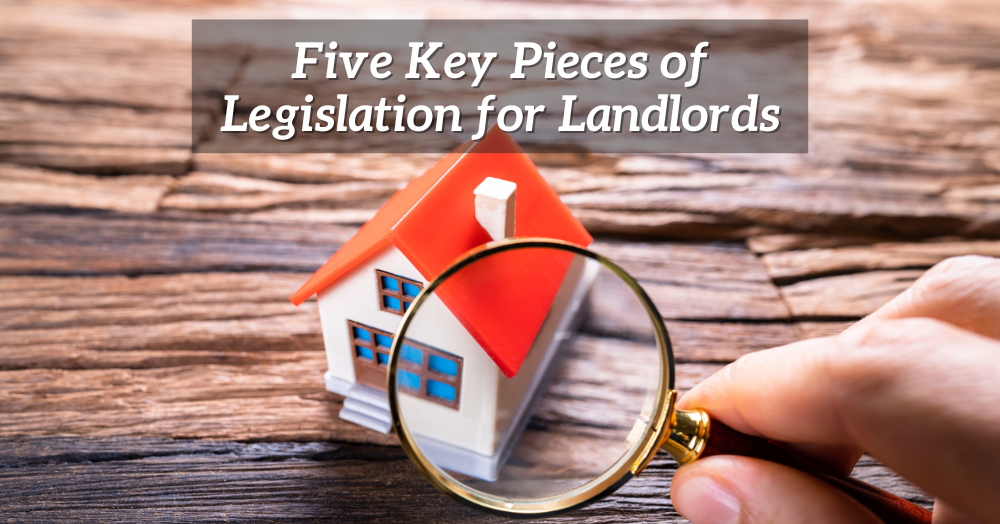Carbon monoxide (CO) is a colourless, odourless, and tasteless gas that is highly toxic to humans and animals. It is often referred to as the "silent killer" because it can cause death without any warning signs. In this blog, we explore the dangers of carbon monoxide, how it can be detected, and the regulations in the UK that aim to protect renters from its harmful effects.
What are the sources of carbon monoxide?
Carbon monoxide can be produced by a variety of sources, including:
⚠️ Gas appliances such as boilers, cookers, and water heaters
⚠️ Wood-burning stoves and fireplaces
⚠️ Charcoal grills and barbecues
⚠️ Portable gas heaters
⚠️ Cigarette smoke
When these sources are not properly maintained or ventilated, carbon monoxide can build up and become dangerous.
What are the warning signs of a carbon monoxide leak?
‼️ Faulty pilot lights on gas appliances that burn orange or yellow (they should be blue)
‼️ Pilot lights that appear floppy or regularly go out
‼️ Yellow-brown or sooty stains around an appliance
‼️ Excessive condensation in a room where there is a fossil fuel burning appliance
‼️ Yellow or orange flames in gas fires where there should normally be blue ones
‼️ Seeing or smelling smoke (while carbon monoxide is odourless and colourless smoke may sometimes accompany a leak and is certainly always worth being investigated)
‼️ Sooty stains on the walls around fires and water heaters. You could also be poisoned by carbon monoxide if you share a wall or chimney with a house that has a carbon monoxide leak, even if your own house does not have one
What are the symptoms of carbon monoxide poisoning?
This is where it becomes difficult to ascertain if someone just has a cold/flu or has carbon monoxide poisoning. The symptoms of carbon monoxide poisoning can be very similar to those of cold/flu, including headache, dizziness, nausea, and fatigue.
In severe cases, it can cause unconsciousness, brain damage, and death. Infants, elderly people, and people with heart or lung conditions are particularly vulnerable to the effects of carbon monoxide.
How do I detect carbon monoxide?
Because carbon monoxide is odourless and colourless, it cannot be detected by humans without the use of a carbon monoxide detector. These devices work by sounding an alarm when they detect high levels of carbon monoxide in the air. They should be tested regularly to ensure they are working properly.
What are my obligations as a landlord in the UK?
Since 1st October 2022 it has been a legal requirement for landlords to have a carbon monoxide alarm fitted in any living room that contains a fixed combustion appliance. The Smoke and Carbon Monoxide Alarm (Amendment) Regulations 2022 also require that landlords replace or repair any faulty carbon monoxide alarms as soon as they are informed that they are faulty. Failing to comply with these regulations can land landlords with a fine of up to £5,000.
It is important to be aware of the potential sources of carbon monoxide in your rental properties, and to take steps to ensure that they are properly maintained and ventilated. By following the regulations in place, you can protect your tenants from the harmful effects of carbon monoxide. Remember, prevention is always better than cure.


 By
By 



Share this with
Email
Facebook
Messenger
Twitter
Pinterest
LinkedIn
Copy this link